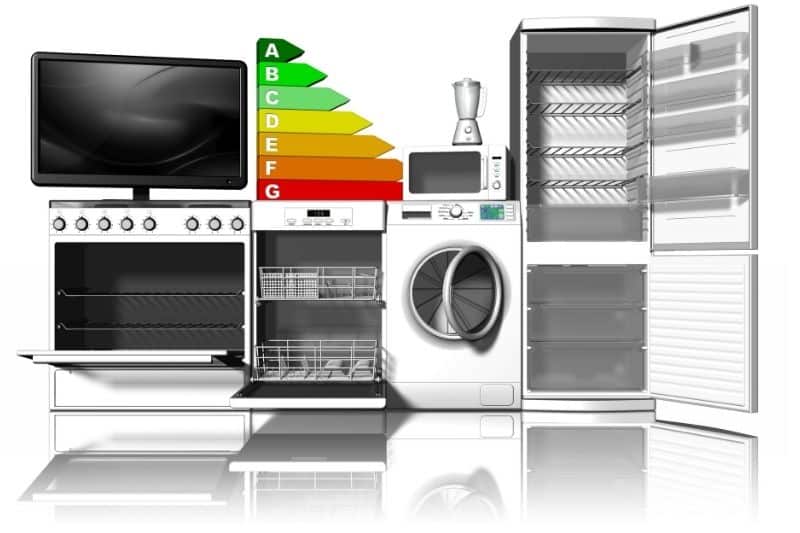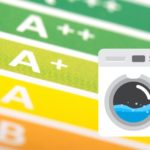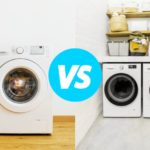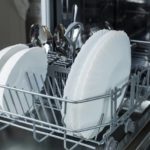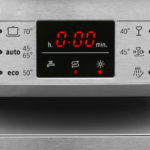You may have seen reference to the energy ratings for appliances changing in 2021.
Under the old system, appliances such as washing machines, dishwashers, TVs, and fridges were rated on an A+++ to D scale, with more and more appliances over time moving into the A+++ category.
This made it hard to identify the most energy-efficient appliances. To solve this, a simple A to G ranking scale is being introduced.
Why Is it Changing?
The current energy efficiency rating system was introduced around twenty years ago. Originally, the scale ran from “A” for the most efficient products, down to “F” for the least efficient.
Over time, more and more appliances were moving up into the most efficient category, so A+, A++, and A+++ ratings were added in.
The age of the current system has meant that many major brands have now reached the top ratings in this scale.
In fact, more than 90% of appliances had an A+++ rating under the old system, so working out which product is the most efficient is difficult.
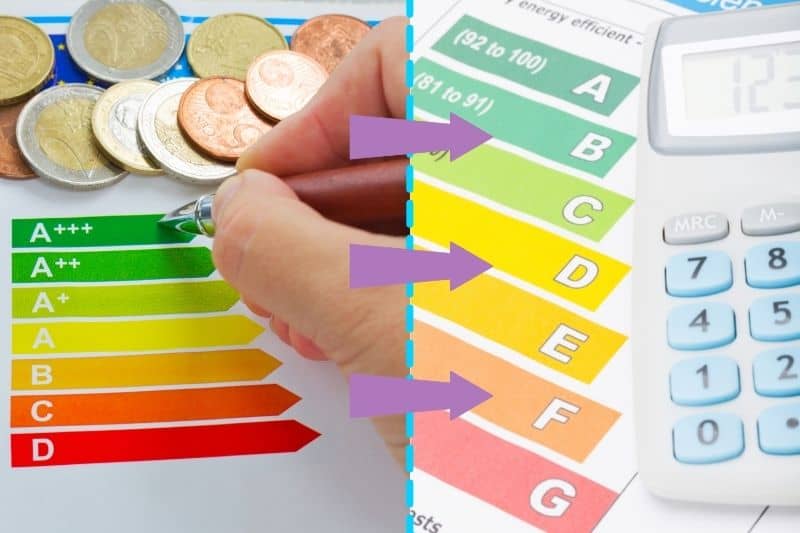
The new A-G system is stricter – and is designed to prevent many companies from immediately reaching the top ratings. This gives room for companies to innovate and create better products going forwards.
The new energy efficiency labels will also feature handy QR codes. Scanning these will bring up additional information about the product and its ratings.
When Are the Ratings Changing?
The new labels officially came in on the 1st March 2021. There will be a transition period, however, where most products will be sold with both labels.
Changing the labels over to the new system is a big job, so you might still find retailers selling products using the old system only until the 1st December 2021.
Label changes
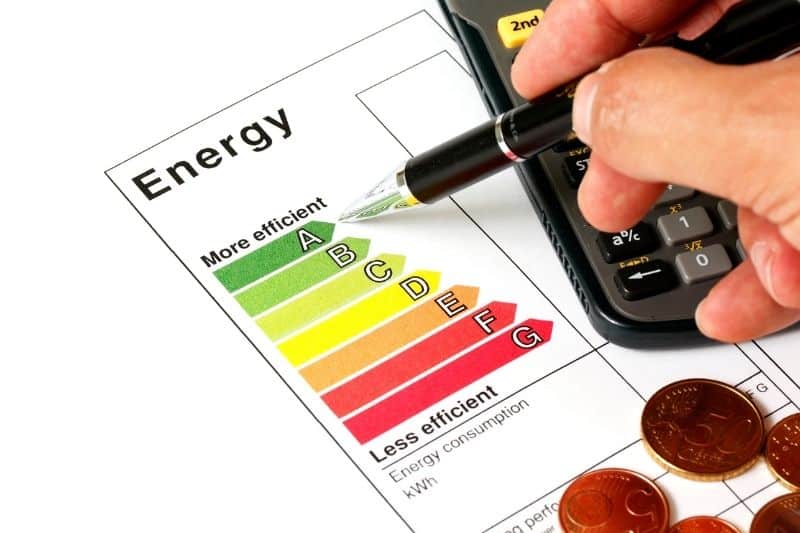
There have been changes beyond simply replacing the rating scale that is being used. For many of the appliances using the new system, there have been fundamental changes in how the energy efficiency is calculated and labelled.
Washing machines
Previously, washing machine labels stated their energy ratings based on annual usage, but this is not always the most helpful for consumers.
Instead, the new results on the new labels are based on 100 cycles, making it easier to compare different machines. The new “Eco 40-60” programs can now combine cotton, linen, and mixed fabrics into one efficient cycle too.
Washer dryers
Like with washing machines, the new washer dryer energy ratings will be based on 100 cycles instead of annual usage, and washer dryer “Eco 40-60” programs can incorporate mixed fabrics too.
The difference here is that washer dryer labels will be split into two halves. The left half is based on a complete wash and dry cycle, whilst the right-hand side tackles the wash cycle only.
TVs and monitors
The way both TVs and monitors are tested has changed, and the labels have gained a few extra pieces of information too.
To begin, measurements are now given in kWh per 1000 hours to make it easier to compare different TVs and monitors, and new developments like SDR and HDR will be included on the label too.
Dishwashers
Dishwasher energy efficiency tests have been adapted to better reflect how the average household uses their dishwasher. Cups, pots, and plastic utensils will now be used to test cleaning and drying performance.

The new Eco cycles will be even more energy-efficient than before and will be perfect for normally dirty dishware.
Like with washing machines, the energy consumption ratings for dishwashers will be based on 100 cleaning cycles instead of annual usage.
Fridge freezers
The labels on fridge freezers will now include many more details, such as the room temperature, and the number and size of storage compartments.
The new labels will also include the total volume of both refrigerator and freezer compartments. You will also begin to find details of whether there are any noise emissions.
Wine coolers
The energy efficiency labels on wine coolers will be gaining a noise emission rating, much like fridge freezers are. The other information will remain the same, such as the annual energy usage and a number of wine bottles that the appliance can hold.

Lover of coffee, painting, and all things cute and fluffy. I’m always on the lookout for easier, more gentle ways to tackle awful household chores.
